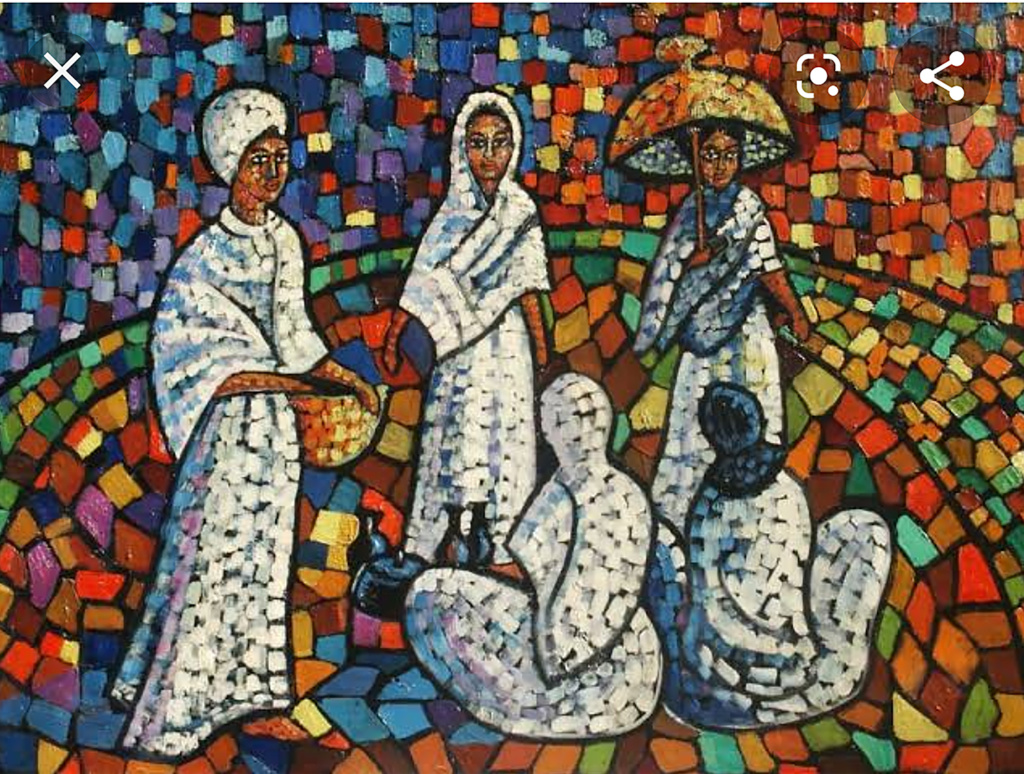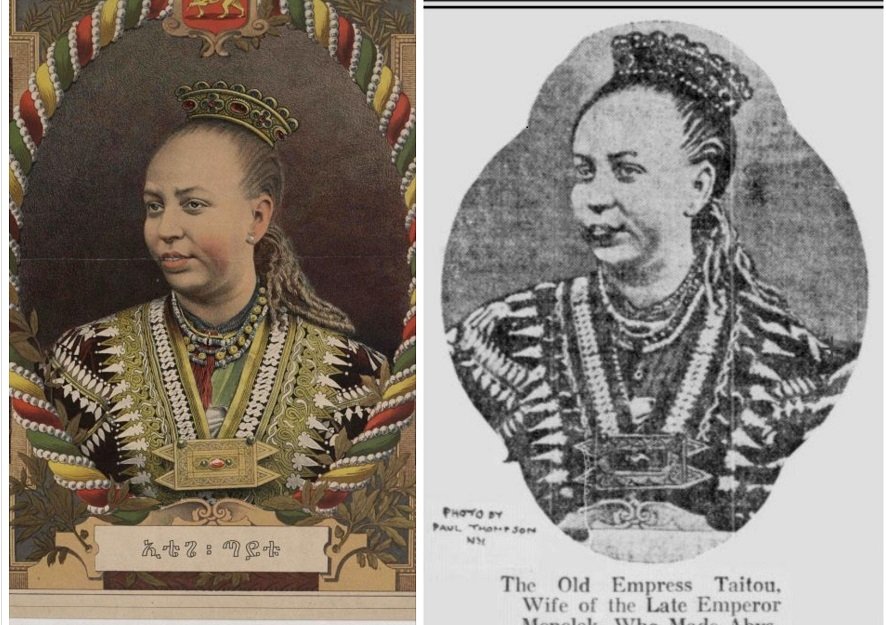Gudi fecha ጉዲፈቻ is originally a practice indigenous to the Oromo culture, which allows ‘outsiders’ and children to integrate and be fully accepted in the social order. Beyond just being tolerated into the society, the newcomers are to be treated really well, like welcomed guests into a warm community. The local adoptions are open, meaning the connection to the birth mother/ family remains. Open adoption among relatives is common and often temporarily.
There is a stark contrast between the native Ethiopian understanding of adoption aka gudi fecha versus interracial, international adoption, where the birth families lose all rights and legal ties over their children.
There were different waves of international adoption from Ethiopia. For decades, Ethiopian children who were “given up” were done so with the expectation that they were leaving to go abroad to get a good education and live a better life, return and help support the family.
The earliest reported adoptions from Ethiopia started in 1960s. The biggest boom, however was between 2003-2016, when 32,000 Ethiopian children were mainly adopted to the U.S., Canada, Netherlands, Spain, Italy, France, Denmark, Switzerland, and Belgium.
A mix of internal dynamics within the country, such as urban migration, political crises, wars, famine, drought, HIV/AIDS, and other factors have impacted Ethiopian families’ ability to keep their children within their communities.
The widespread adoption fraud culminated in the country’s decision to ban international adoption in 2018, citing concerns about the outcomes of adopted Ethiopian children. Unless adoptees are able to grow up as healthy, functional citizens, what is the benefit of being adopted? Plus, the wish for Ethiopian children to not lose their history, language, culture, and heritage due to being adopted internationally is a factor.
The writers who contributed to this book are 33 Ethiopian Adoptees, who come from various backgrounds; actresses, social activists, filmmakers, public health officers, musicians, librarians, childcare specialists and founders of schools.
The stories show a variety of perspectives on life as an adoptee and the stages experienced unravelling the layers of identity. Common topics in the story lines include: the search for birth families, adoptees having their own children to connect to a bloodline, needing a translator to connect to birth family, the invisible pain of leaving siblings behind and losing birth family to gain an adoptive family.
HeranTadesse@gmail.com
Website: www.lionsroaringbook.com



